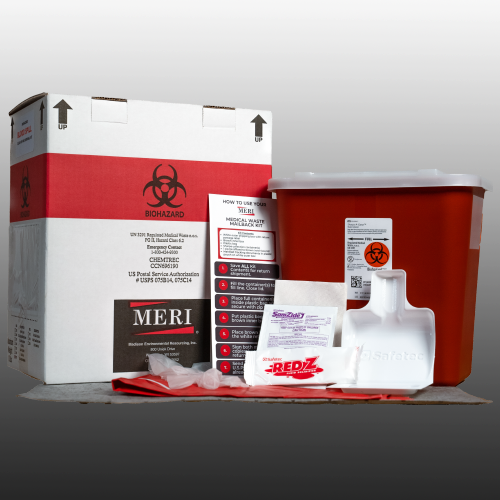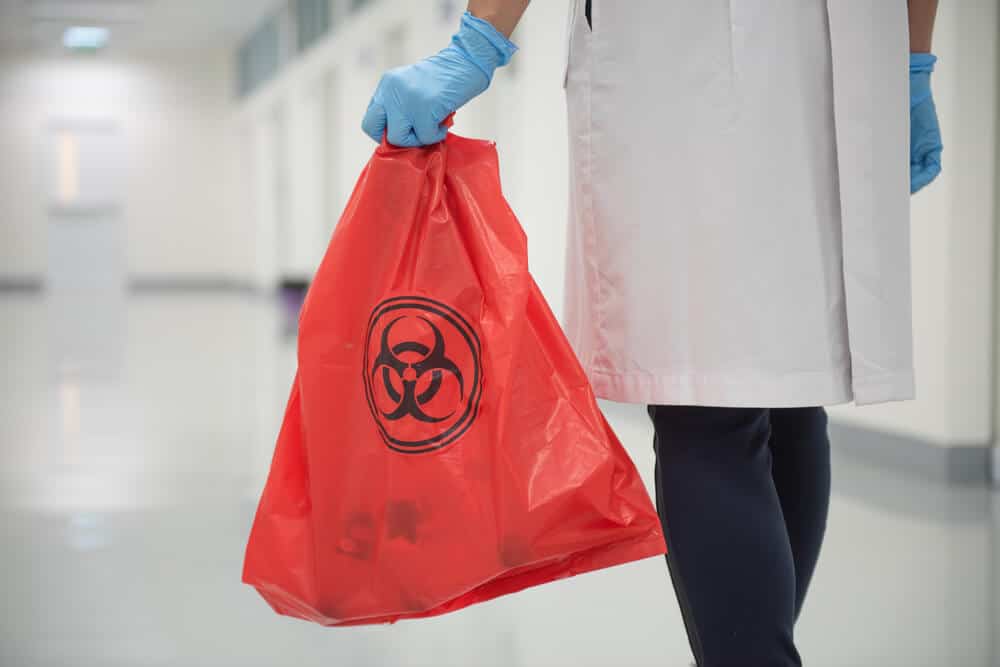Biohazard Removal: Safe Handling and Disposal of Hazardous Materials
Biohazard Removal: Safe Handling and Disposal of Hazardous Materials
Blog Article
Professional Biohazard Cleanup for Criminal Activity Scenes, Injury Incidents, and Polluted Rooms
In the world of specialist biohazard clean-up, meticulous attention to information and adherence to security procedures are critical. When encountered with the aftermath of a criminal activity scene, trauma incident, or any kind of infected room, the relevance of appropriate clean-up can not be understated. The dangers and complexities linked with biohazards need customized understanding and proficiency to ensure efficient removal. As we dig into the ins and outs of biohazard cleaning for these delicate atmospheres, a deeper understanding of the challenges and crucial procedures entailed will certainly arise, clarifying the crucial duty of expert clean-up services in restoring security and satisfaction.

Relevance of Biohazard Cleaning
Biohazard cleaning following criminal activity scenes and trauma occurrences is essential for making sure the safety and security of people and the atmosphere. When these cases occur, they commonly leave behind a variety of biohazards such as blood, bodily liquids, and various other possibly infectious materials. These compounds can nurture unsafe virus like bacteria and viruses, posturing major health and wellness threats otherwise properly cleaned up and sterilized.
Specialist biohazard clean-up solutions are educated to deal with these dangerous products securely and efficiently. They have the essential devices, such as individual safety equipment and specialized cleansing representatives, to extensively sanitize the influenced locations. By delegating the cleanup to qualified professionals, individuals can avoid exposure to harmful pathogens and prevent the spread of transmittable conditions.
In addition, correct biohazard cleaning is essential for protecting the setting. Inappropriate disposal of biohazardous products can pollute soil, water sources, and air, positioning a risk to wildlife and the environment. By complying with rigorous cleaning procedures, experts can guarantee that biohazards are safely eliminated and disposed of according to guidelines, reducing the threat of environmental contamination.
Types of Biohazards Encountered
Different hazardous products frequently come across in criminal offense scenes and trauma occurrences present substantial health and wellness risks otherwise dealt with properly. Blood and physical liquids are among one of the most typical biohazards located in these circumstances. These liquids can bring pathogens such as HIV, hepatitis B and C, and various other hazardous microorganisms. In addition, tissues, body organs, and body parts can additionally position severe wellness risks as a result of potential contamination.
One more sort of biohazard commonly experienced is sharp items like needles, busted glass, and other items that can create injuries and transmit infections. Chemical risks are additionally an issue, as criminal activity scenes might contain compounds like tear gas, pepper spray, or medication production products that call for specialized handling and disposal procedures to avoid more injury.
Furthermore, mold and bacteria growth can occur precede where decay or long term direct exposure to dampness has actually taken place. These microorganisms can release toxins and allergens into the air, posing respiratory risks to those exposed. Overall, biohazard cleanup professionals should be qualified and fully equipped to efficiently deal with these different kinds of dangerous products to make certain the security of themselves and others.
Equipment and Protective Equipment
When dealing with the crucial job of dealing with biohazards experienced in crime scenes and injury cases, the use of appropriate equipment and safety equipment is critical to ensuring the safety and security of people included in the cleanup procedure. company website Personal protective tools (PPE) such as gloves, goggles, masks, and coveralls are necessary to stop direct call with potentially hazardous materials. Respirators are vital when handling biohazards that might end up being airborne, protecting employees from inhaling dangerous fragments. Specialized cleansing tools like biohazard anti-bacterials, bags, and sharps containers are needed for the secure collection and disposal of infected materials. In addition, heavy-duty tools such as industrial-grade cleaning agents, foggers, and ozone generators might be required to extensively sanitize the afflicted location. Guaranteeing that all tools is properly preserved, on a regular basis inspected, and utilized according to safety and security guidelines is important in decreasing the danger of direct exposure to biohazards during clean-up procedures.
Cleanup Process and Techniques
Complete and reliable clean-up of biohazardous products from criminal offense scenes and injury occurrences calls for meticulous attention to detail and adherence to strict security procedures. The clean-up process commonly includes several key actions. Originally, the area should be assessed to establish the level of contamination and the proper cleaning strategies required. Next, all biohazardous materials, consisting of blood, bodily fluids, and cells residues, should be carefully gotten rid of and taken care of based on local regulations.
Complying with the elimination of biohazardous materials, the damaged area goes through an extensive cleaning and disinfection procedure. This step includes using specialized cleansing agents and devices to ensure that all traces of contamination are gotten rid of. After cleaning, the location is subjected to strenuous testing to verify that it is complimentary and safe of any kind of remaining biohazards.

Purification and Disposal Procedures
To guarantee complete decontamination and proper disposal of biohazardous products, adhering to the careful clean-up process, particular procedures have to be diligently adhered to with stringent adherence to security procedures. Decontamination includes the removal or neutralization of impurities to reduce the threat important source of direct exposure and spread of hazardous substances. This process commonly consists of cleaning, decontaminating, and sterilizing the affected location making use of specialized equipment and EPA-approved chemicals.
When purification is completed, correct disposal of biohazardous products is vital to avoid more contamination or harm. Biohazardous waste, such as bodily liquids or blood-soaked products, must be meticulously collected, packaged, and identified according to governing guidelines. ATP testing. These materials are then moved to certified facilities for disposal via appropriate channels, making sure conformity with neighborhood, state, and federal guidelines

Conclusion
In verdict, specialist biohazard clean-up is important for guaranteeing the safe and effective removal of hazardous products from criminal activity scenes, trauma occurrences, and polluted spaces. By making use of customized tools, safety gear, and adhering to appropriate cleaning processes and techniques, biohazard cleaning groups can successfully dispose and sanitize of biohazards, lessening the risk of direct exposure and harm to people and the environment.
As we dive into the details of biohazard clean-up for these delicate atmospheres, a much deeper understanding of the challenges and critical procedures included will certainly emerge, losing light on the vital role of expert cleaning services in bring back safety and peace of mind.
Specialist biohazard cleanup services are educated to handle these harmful products safely and successfully. By adhering to strict clean-up protocols, experts can make certain that biohazards are safely eliminated and disposed of in conformity with laws, reducing the danger of ecological contamination.
Overall, biohazard cleanup experts have to be well-equipped and qualified to effectively deal with these different kinds of unsafe products to ensure the safety of themselves and others.
When attending to the essential job of handling biohazards encountered in criminal offense scenes and trauma occurrences, the application of correct tools and safety equipment is extremely important to ensuring the safety of individuals involved in the cleanup procedure.
Report this page